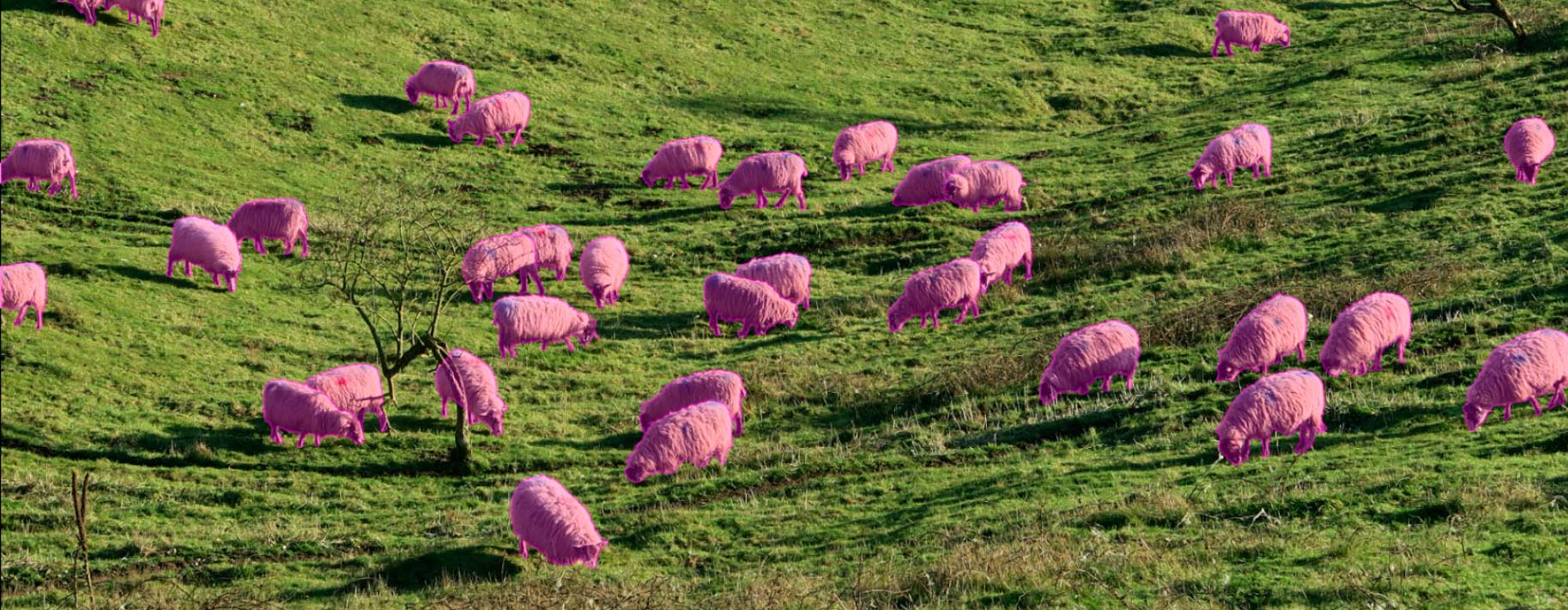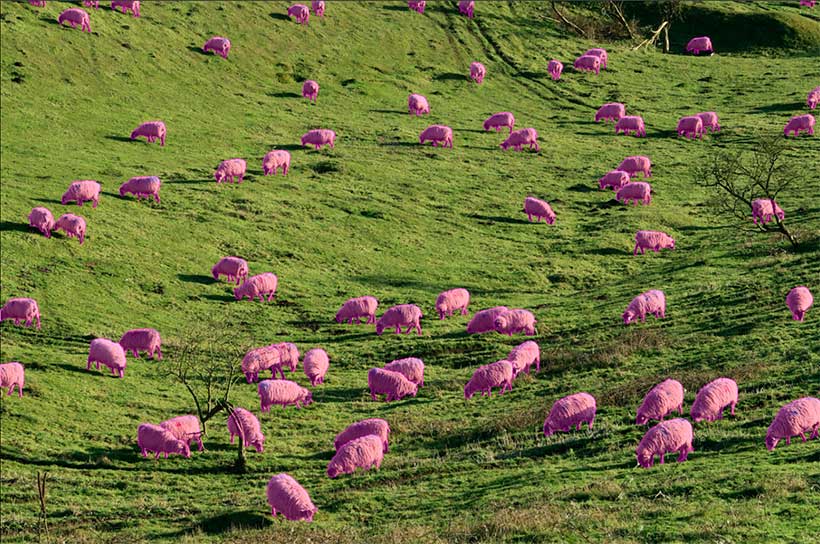Everything You Need to Know About AI for Livestock Management

A drone can scan an entire field of crops in just a few minutes. But what about livestock farming? Animals can move from one place to another, making them much more challenging to monitor. That’s where image annotation for computer vision comes in.
How do farmers keep track of an increasing number of animals? Does the quality of image annotation for livestock segmentation influence performance?
Let’s discuss the role of machine learning in livestock management systems and how image annotation is essential when it comes to accuracy.

The Role of AI in Livestock Management Systems
Demand for meat and eggs is expected to increase by more than 65% over the next four decades. That means that the number of animals raised at each farm must increase. However, in recent years, the number of farmers is declining.
With the global population rising and fewer farmers available to care for livestock, each farm needs to increase productivity with limited resources. Artificial intelligence allows farmers to do just that. Let’s take a look at a few examples of how computer vision and artificial intelligence have transformed livestock management in recent years.
Irish startup Cainthus produced a livestock management system powered by computer vision that lets farmers monitor cows. The camera feed is analyzed in real-time, and results are forwarded to farmers’ mobile phones. For instance, smart cameras enable farmers to monitor cows’ feeding activities and ensure that the appropriate amount of feed is dispensed whenever necessary.
Another AI-enabled livestock management system in Iceland assumes remote control of feeding, milking, and cleaning systems. That means cows choose when they want to be milked and how much they want to eat. Sensors are used to monitor the cows’ wellbeing, their milk output, and even the amount of vitamins found within milk that has been collected.
A remote monitoring system called Piguard was developed by Serket to alert farmers to abnormal behavior spotted within their pig pens. Smart cameras and deep learning algorithms monitor pigs’ physical activity, feeding patterns, and overall aggressiveness to inform farmers about their herd’s wellbeing.
What about chickens? Poultry Safe and Scarifier by Octopus Robots allows farmers to remotely sanitize their chicken sheds whenever necessary, minimizing the risk of infection or injury among their poultry population. Flox, another software provider, also offers night-vision monitoring to watch over chicken compounds after the sun goes down, reducing the risk of smothering and clustering.
The Importance of Data Annotation for Livestock Detection
Training any computer vision system requires massive amounts of high-quality annotated training data. The images you use to train, validate, and test your computer vision algorithms will have a pronounced effect on accuracy and performance.

When training computer vision algorithms for livestock management, each image must be carefully and accurately labeled to ensure the health and ethical treatment of farm animals. However, training datasets for livestock management applications require an enormous volume and variety of data. That’s why leading artificial intelligence companies in the field rely on professional data annotation services.
Livestock data annotation services | Keymakr
High-Quality Livestock Management Training Data
The performance of any computer vision project relies on the quality of its training data. Keymakr provides pixel-perfect image and video annotations that meet your deadlines and suit your budget.
Are you interested in consistent, high-quality training data for your next computer vision project? Get in touch with a member of the Keymakr team to book your personalized demo today.




